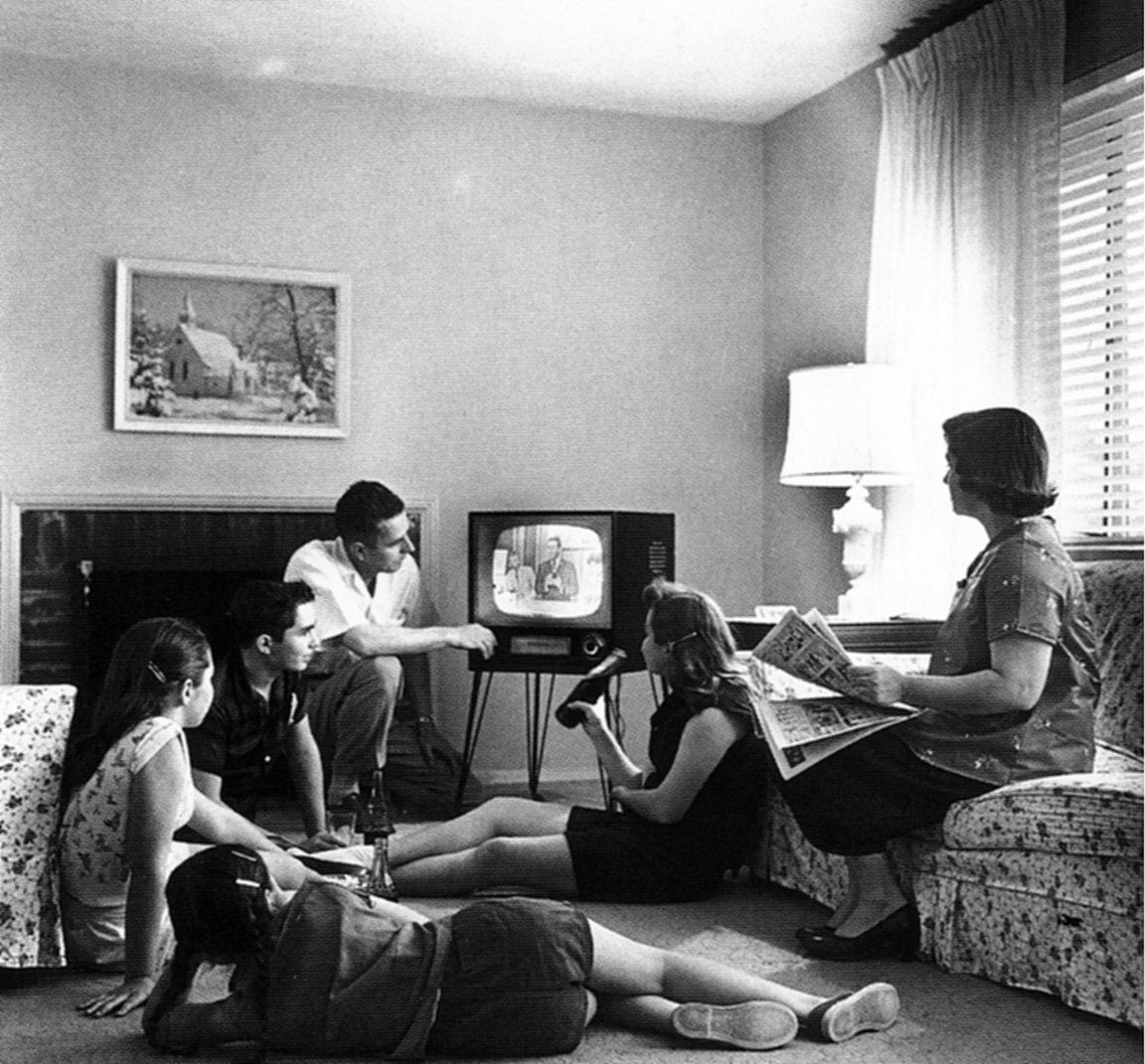16 December 2022
It used to be that four times a year, American television viewers were subjected to sweeps periods. The sweeps were when the A.C. Nielsen Company measured the audiences in all 210 US television markets. Nielsen continuously measured national programming, but local audiences were only measured in November, February, May, and July. The ratings gathered during these periods were used to set advertising rates and to make decisions about local programming. During sweeps months, the networks scheduled new episodes of programs, specials, original productions, and other shows that were likely to draw a larger-than-ordinary audience. In non-sweeps months, viewers got a lot of reruns.
Nielsen began the quarterly sweeps in the 1950s, but the term didn’t start appearing in the mainstream press until the late 1960s. Here are a pair of early mentions from the Houston Chronicle. The first is from 15 October 1967:
Among local stations, though, the most significant ratings are Nielsen’s “big November sweeps,” the ones to be taken Oct. 26 through Nov. 22, as part of the firm’s important November sampling of the national scene.
Another big one is Nielsen’s “March sweep,” taken in late February and early March, and also part of periodic [sic] in-depth national survey.
And this one from 5 February 1968:
The big winner will be revealed in the “February Sweeps” Nielsen, which starts its statistical sampling of local viewer preferences on Feb. 14, and winds up in mid-March.
With the rise of cable and streaming television, the sweeps periods started to lose their significance, although for a long while they remained important as the sweeps periods determined advertising rates for local stations and programs, especially local news. In 2018, Nielsen switched to twelve monthly periods, surveying local markets twelve times throughout the year, negating the importance of the traditional sweeps months.
There are a couple of competing explanations for why the ratings periods were labeled sweeps. The most likely is that it simply comes from sweeping up or gathering the data. An oft-repeated, variant on the general metaphor has it that in the 1950s, Nielsen would collect the paper diaries starting on the east coast and then sweep west collecting them. While this more specific imagery is evocative, there is no evidence to support it, and it has the ring of a post-hoc rationalization.
Sources:
Hodges, Ann. “News Teams Reshuffled as Nielsens Loom. Houston Chronicle (Texas), 5 February 1968, 13. Readex: America’s Historical Newspapers.
———. “Wasn’t Even Much of a Rasslin’ Match.” Houston Chronicle, 15 October 1967, Zest–9. Readex: America’s Historical Newspapers.
Oxford English Dictionary, draft additions 1993, s.v. sweep, n.
Photo credit: Evert F. Baumgardner, 1958. Wikimedia Commons. Public domain image.

